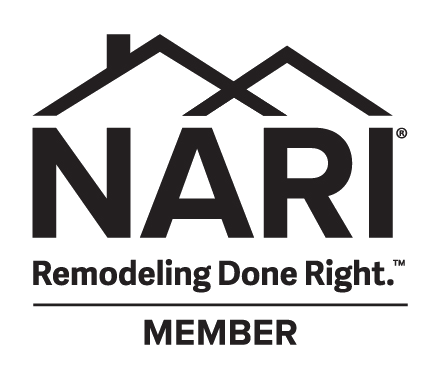Warm Flooring Offers Cozy Options For Cold Feet
If you’ve ever walked across a cold floor barefoot, you’ve probably wished for a warmer surface. You can change that with your next remodeling project. There are a variety of floor heating systems, each a little different but all with the same purpose – warmth and coziness. Flat heating mats typically offer electric radiant heat. Loose heating cable systems are another option. Hydronic radiant heat pumps warm water through flooring pipes. Air-heated floors are similar to hydronics, using air tubes instead. All warm flooring heating elements are installed underneath the floor and are invisible from above. Depending on the type, they can be used to heat the floor or the whole room with a minimum installation area of about 20 square feet.
Where to Use Warm Floors
If you’re primarily interested in foot comfort, consider putting them in the hallway, kitchen, bathroom, living room or bedroom. Hydronic systems are also used to heat swimming pools and outdoor living spaces from below.
The Basics
Mats and loose cabling are powered by low voltage electrical wiring and affect the immediate area. Hydronics are designed much like the loose cabling method, snaking through the space in a carefully planned configuration. Regardless of the method of heat used, your floor typically needs to be removed and replaced during installation. This is one reason why installing warm floors as part of a remodeling project is a frequent choice among Bay area homeowners. Another option is to use a warm floor system that installs underneath the floor joists. This allows you to keep your existing floor if the joists are easily accessible from the ceiling below.
Flooring Surfaces
Radiant flooring can be used under a variety of surfaces, but are most effective under marble, tile and natural stone, creating floor temperatures into the mid-90s if desired. They are less effective with carpet, hardwoods and vinyl. There are also some systems specifically designed for concrete floors.
Scalability Options
While incorporating a warm floor in your bathroom remodeling project is a popular choice for cold feet, there are multiple alternatives. Choose from floors only to whole rooms to whole-home heating. Radiant underfloor heating is cleaner, quieter and more energy efficient than using forced air, although certain systems are more energy-efficient than others. If you are incorporating soundproof rooms into your home and you’re concerned about unwanted noise generated by forced-air heating systems, warm floors are a quiet alternative. Hydronic heating is a strong solution for whole-home heating. Installation involves multiple zones which are controlled with programmable thermostats for your family’s lifestyle.
There are several alternatives in warm flooring, depending on your needs. The design + build professionals at Harrell Design + Build can help you to choose the one that works best for your Bay area home.




